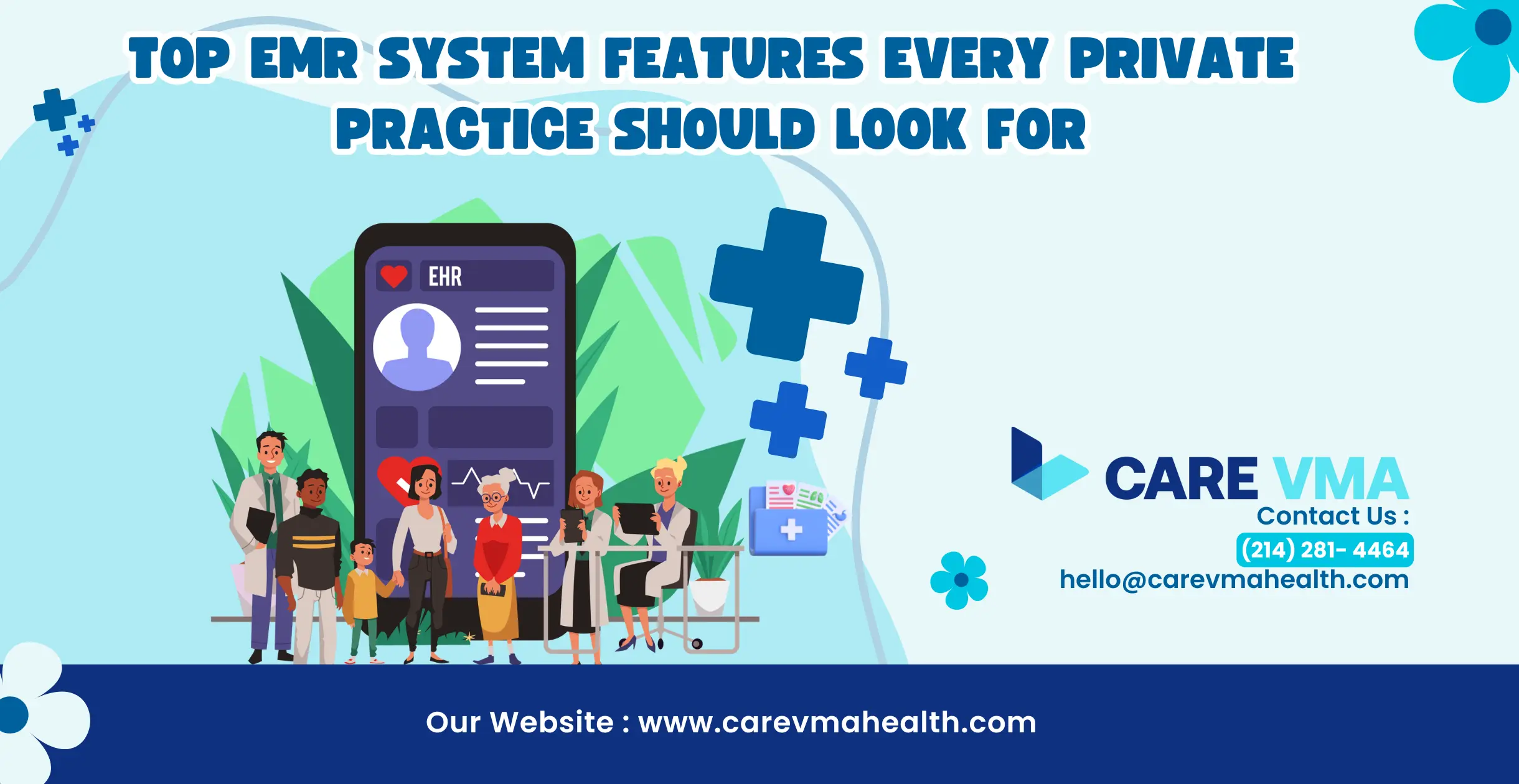- 6340 N Eldridge Pkwy N 117 Houston TX 77041
- (214) 281- 4464
- Home
- Services
- Virtual Medical Assistant
- Virtual Medical Receptionist
- Remote Admin Assistant
- Remote Patient Monitoring
- Virtual Chronic Care Management
- Virtual Patient Care Coordinator
- Medical Billing Virtual Assistant
- Remote Medical Coder
- Telehealth Virtual Assistant
- Telephone Triage Assistant
- Virtual Medical Scribe
- About Us
- Careers
- Contact Us
- Home
- Services
- Virtual Medical Assistant
- Virtual Medical Receptionist
- Remote Admin Assistant
- Remote Patient Monitoring
- Virtual Chronic Care Management
- Virtual Patient Care Coordinator
- Medical Billing Virtual Assistant
- Remote Medical Coder
- Telehealth Virtual Assistant
- Telephone Triage Assistant
- Virtual Medical Scribe
- About Us
- Careers
- Contact Us

